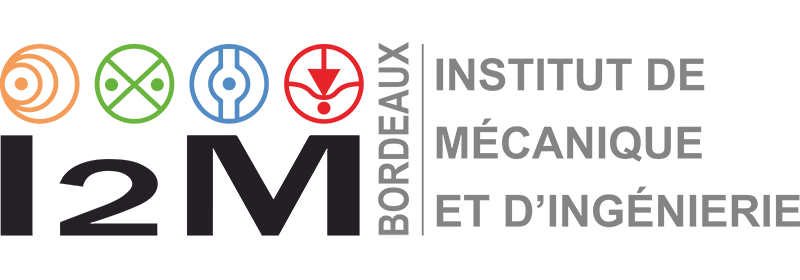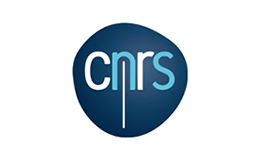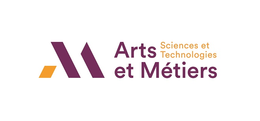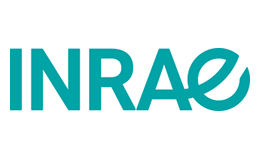10 Octobre – Soutenance de thèse Shaolin LIU
14 h amphithéâtre LRL sur le site de l'ENSAM (Esplanade des Arts et Métiers, 33400 Talence)
J'ai le plaisir de vous inviter à la soutenance de thèse de Shaolin LIU, intitulée:
" Experimental analysis and multiscale modeling of convective heat transfer in porous media in support of the space, energy storage, and biomass communities "(Analyse expérimentale et modélisation multi-échelle du transfert de chaleur par convection dans les milieux poreux à l'appui des communautés de l'espace, du stockage de l'énergie et de la biomasse)
La soutenance aura lieu le 10 Octobre 2023 à 14h00 à l'amphithéâtre LRL sur le site de l'ENSAM (Esplanade des Arts et Métiers, 33400 Talence).
Un lien zoom est également disponible à la fin de ce post pour suivre la soutenance en visio conférence.
Composition du jury:
- M. Bruno DUBROCA, Directeur de recherche CEA, LCTS, Rapporteur
- M. Frederic TOPIN, Maître de conférences HDR, Aix-Marseille Université, Rapporteur
- M. Abdelaziz OMARI, Professeur des Universités, ENSCBP Bordeaux, Examinateur
- M. Francesco PANERAI, Associate Professor, University of Illinois Urbana-Champaign, Examinateur
- M. Michel QUINTARD, Directeur de recherche CNRS Emerite, IMFT, Examinateur
- M. Victor POZZOBON, Ingénieur de recherche, CEBB, CentraleSupélec, Examinateur
- Mme Azita AHMADI-SENICHAULT , Professeure des Universités, ENSAM Bordeaux, Directeur
- M. Jean LACHAUD, Maître de conférences, Université Bordeaux, Co-directeur
- M. Cyril LEVET, Ingénieur de recherche, EPSYL-Groupe ALCEN, Invité
- M. Thibaut ESENCE, Ingénieur de recherche, Eco-Tech Ceram, Invité
Abstract:Numerous emerging technologies rely on porous media, including heat exchangers for solar concentrators, biofuel production processes, new-generation energy storage systems like fuel cells and super-capacitors, and heat shields for space vehicles, to name a few. Modeling transport in porous media requires accounting for the multiple-scale aspects inherent to the structure of porous media. Typicalmultiple-scale problems may involve several successive scales or at least two scales generally referred to as the micro-scale or pore-scale and the macro-scale or Darcy-scale. Several methodologies basedon theoretical analysis have been developed to upscale transport equations from the micro-scale to obtain macro-scale models. This study is built upon these available upscaling techniques and uses variousmacro-scale models to investigate convective heat transfer in porous media. The accuracy of these macro-scale models is influenced by the macroscopic transport properties, namely porosity,permeability, Forchheimer tensor, effective thermal conductivity, volumetric heat transfer coefficient, etc. While many studies have been conducted on particular macroscopic transport properties, thecomplexity, addressed in this work, arises from the fact that these parameters are interrelated in the coupled conservation of mass, momentum, and energy equations.The main objective of this thesis is to contribute to the understanding of convective heat transfer in porous media through experimental and numerical studies, to give insight on the choice of therelevant macroscopic models to use and on the determination of the inherent effective or macroscopic properties. In this study, the macroscopic properties are determined using two approaches. The firstone consists of the experimental-numerical inverse problem resolution, while the second is based on direct micro-scale numerical simulations. In the first approach, the transient single-blow technique(TSBT) is used to perform experiments on two facilities, designed specifically during this work, with different test section diameters of 1 cm and 20 cm. We study heat transfer by the flow of a hot gaswithin three different types of porous media : carbon fiber felts, used in Thermal Protection Systems (TPS), packed beds of glass beads, used in Thermal Energy Storage (TES), and packed beds of woodpellets and chips, used as biomass in energy production. We perform a numerical inverse analysis to estimate the quantities of interest using the Porous material Analysis Toolbox based on OpenFoam(PATO) and the Design Analysis Kit for Optimization and Terascale Applications (DAKOTA). In the second approach, the microstructure of the porous media is sought for direct numerical simulation ofthe flow and heat transfer. For TPS applications, carbon fiber felt is reconstructed using 3D digitalized tomographic images. The permeability and the Forchheimer tensors are then computed by solving theNavier-Stokes equations at the micro-scale. For packed beds of glass beads and wood pellets, a Discrete Element Method (DEM) code is used to generate packings of spheres and cylinders. By solvingthe coupled Navier-Stokes and energy equations in both fluid and solid phases, the volumetric heat transfer coefficients are determined based on an integration method.This work contributes to the understanding and development of two methods for determining the macroscopic transport properties involved in the macro-scale model, thereby enabling a more accu-rate study of heat and mass transfer phenomena within porous media. The numerical contributions of the Ph.D. work have been implemented in PATO, which has been released as open source by NASA.Keywords: Macroscopic simulations, Microscopic simulations, Experimental study, Heat exchange coefficient, Porous materials.
Lien zoom : https://u-bordeaux-fr.zoom.us/j/8188134281?pwd=S0Izc3k3WDNMcHh0M1lRR3E3MGFLUT09






